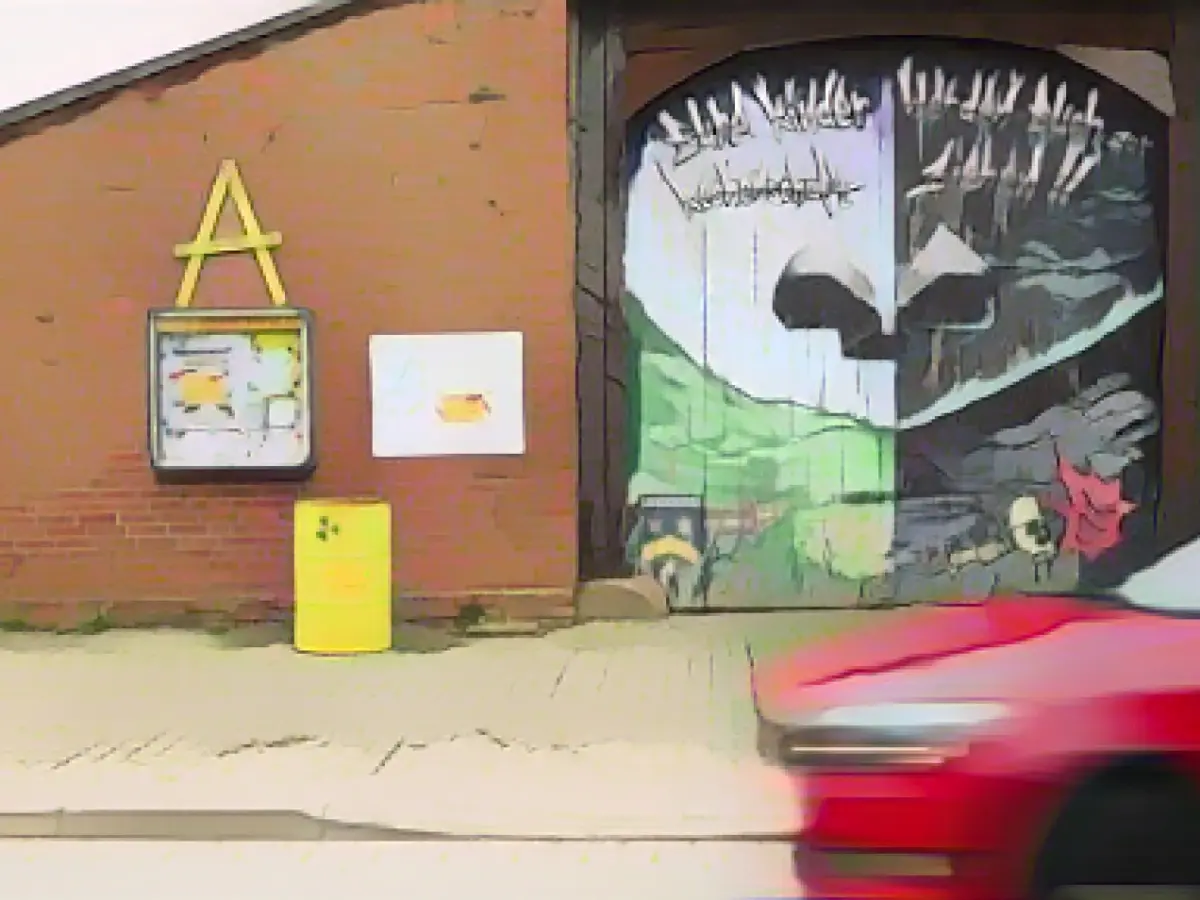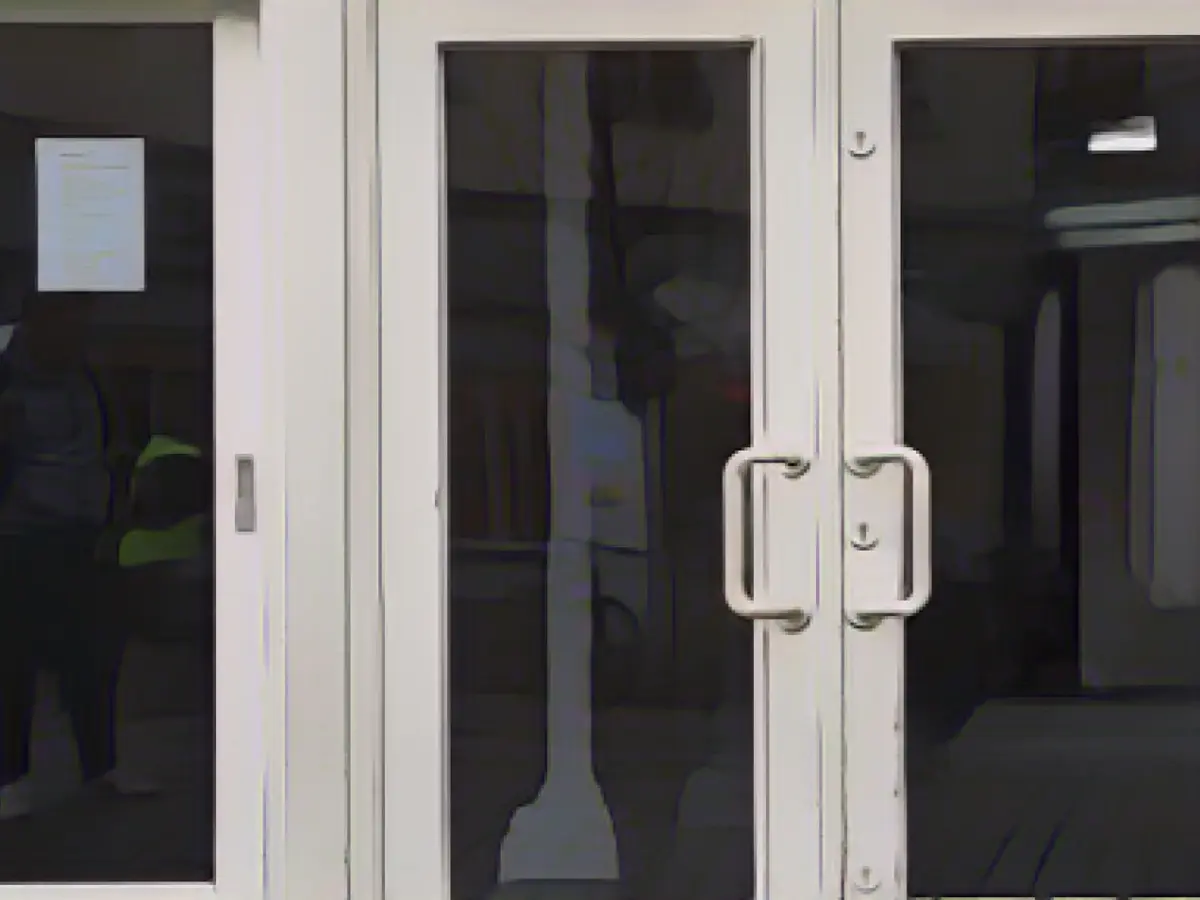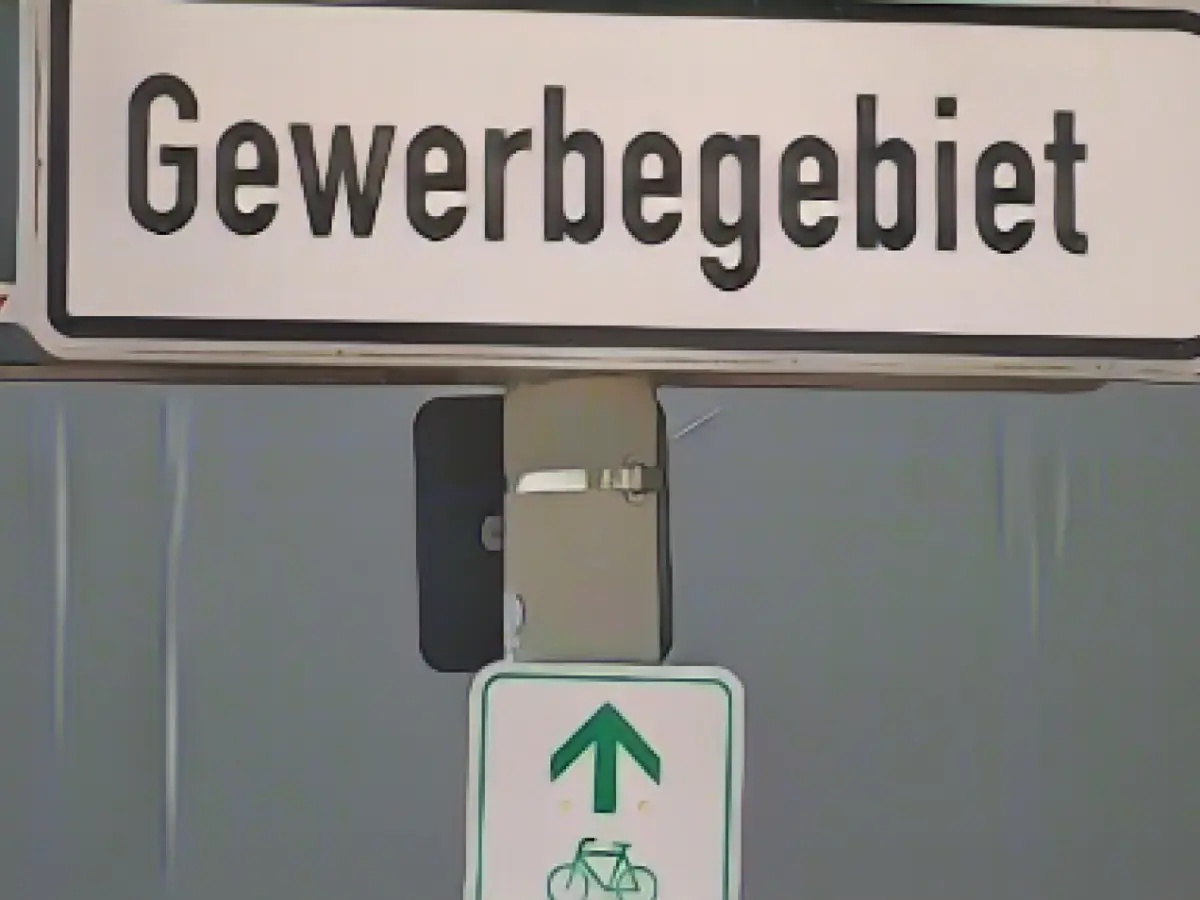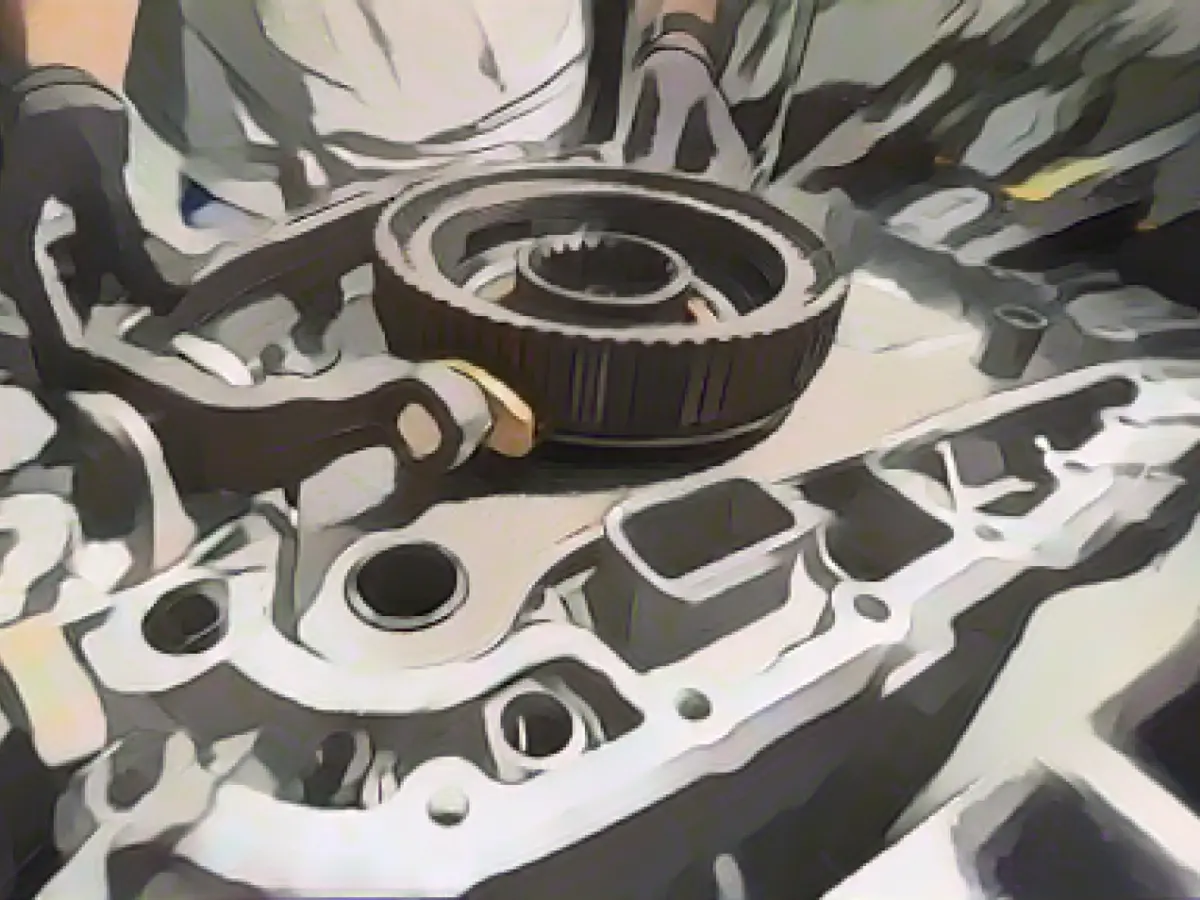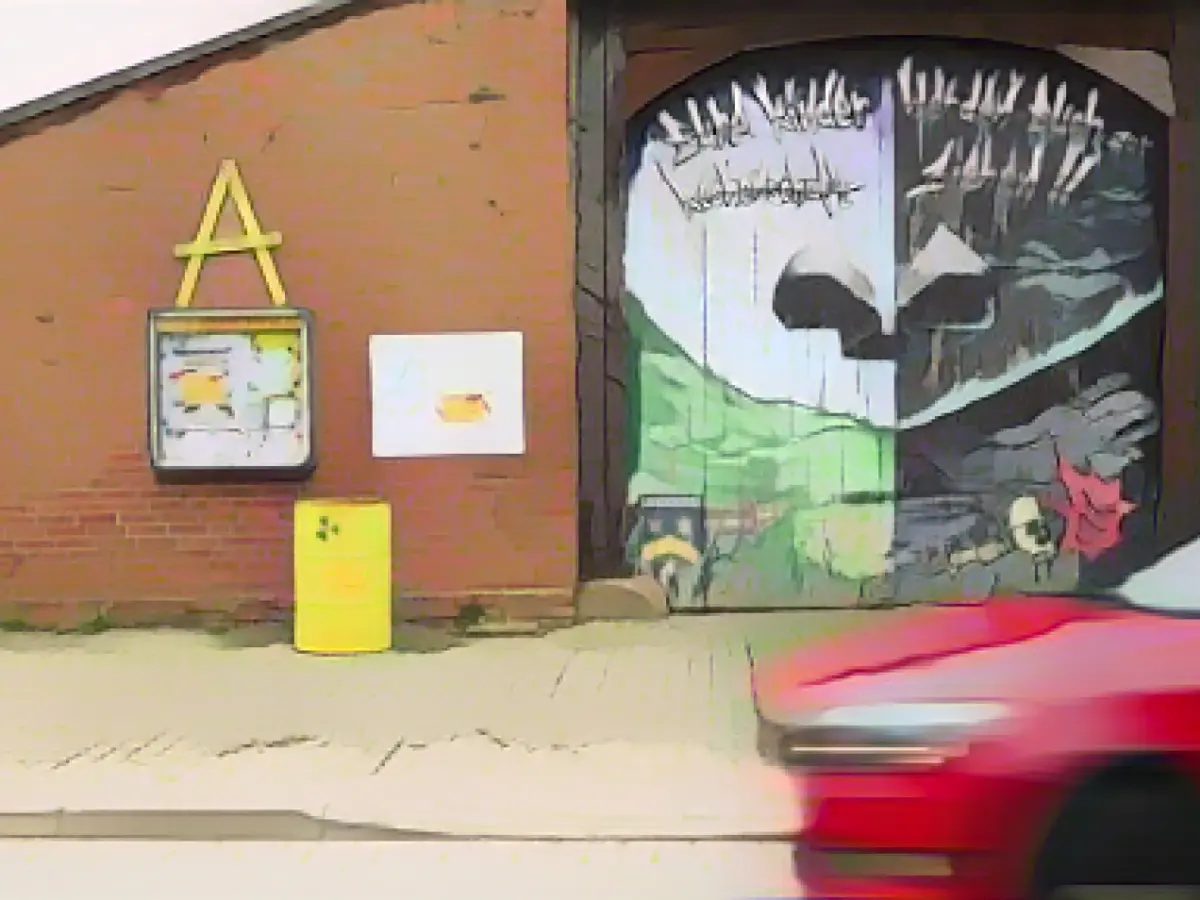Shaft Konrad's Controversial Status: Proceeds with Legal Challenges
The Controversy Surrounding Shaft Konrad
The construction of the controversial nuclear waste repository, Shaft Konrad, located in Salzgitter, Germany, has been a subject of debate and legal challenges. In a recent announcement, the Lower Saxony Ministry of the Environment in Hanover revealed that applications to withdraw or revoke the plans for the repository have been temporarily rejected. The decision has not changed Ministry of the Environment, Christian Meyer's, critical stance on the repository, as he stated.
Legal Challenges and Reasons
According to Minister Meyer, only the possibility of significant changes in the recent past that would warrant reversing the decision was examined during the review process. Unfortunately, the reasons for such changes were not substantial enough to warrant a modification of the previous decision.
Salzgitter's Disused Mine Repurposed as a Waste Storage Facility
The purpose of Shaft Konrad is to store up to 303,000 cubic meters of low and medium-level radioactive waste in a disused iron ore mine. The facility was approved under nuclear law in 2002, making it the first repository in Germany for such waste. Regrettably, competition on the project is facing delays and higher estimated costs than initially anticipated.
Critics and Their Concerns
A broad alliance of critics, including nature conservation organizations Nabu and BUND, the city of Salzgitter, IG Metall trade union, and the state farmers' association, Landvolk, have raised concerns about the proposed repository and its compliance with current scientific and technical requirements. Aspects such as retrievability and long-term safety have not been adequately considered or accounted for, according to critics.
The Need for a Repository
Minister Meyer acknowledged the importance of having a further repository for low and medium-level radioactive materials, given the situation at the Asse nuclear waste repository, which is filled with water, and the waste from dismantled nuclear power plants. Lower Saxony is urging the federal government to take this factor into account during its nationwide search for a nuclear waste repository for high-level radioactive waste.
Legal Challenges and Next Steps
Following the provisional decision, applicants have an eight-week period to submit a statement. The ministry stated that the decision opens the legal process. The group of critics expressed their disappointment and announced that further legal steps will be explored. Salzgitter's Lord Mayor Frank Klingebiel (CDU) has indicated his preparedness for such proceedings.
Opponents' Viewpoint
Critics like the joint statement by Nabu and BUND have characterized the proposed procedure as irresponsible towards future generations, suggesting that the red-green state government is accepting an inferior repository to spare the federal government a new search for a site.
The Future of Shaft Konrad
Minister Meyer has emphasized that the current rejection does not result in a commitment for the future. Plans must constantly be reviewed and adjusted to meet safety requirements. Meyer emphasized, "We will scrutinize safety very closely."
Expert Evaluations
The Bundesamt für die Sicherheit der kerbrenkreuzenden Anlagen (BASE), the Federal Office for the Safety of Nuclear Installations, has stated that the facility must always be equipped with safety measures commensurate with current technology. The Federal Company for Final Disposal (BGE) as the operator is responsible for ensuring this. "As the nuclear safety authority, BASE has not detected any safety deficiencies at Shaft Konrad," said BASE president Wolfram König.
Environment Minister, Steffi Lemke, acknowledges the burden that a final repository like Shaft Konrad poses on affected residents, but asserts that it is an essential component not only for the safe disposal of low and medium-level radioactive waste in Germany but also for its robustness.
Conclusion
The controversy surrounding the nuclear waste repository Shaft Konrad persists, and future legal challenges are expected as the construction process continues. Critics argue that safety and environmental concerns have not been adequately addressed, while proponents emphasize the importance of having a secure and reliable nuclear waste storage facility.
Relevant Sources
Enrichment Data:
- Construction of Shaft Konrad started in 1984, and it was initially aimed to be a coal mine. The re-purposing of Shaft Konrad as a nuclear waste repository was first proposed in 1986.
- The licensing process for Shaft Konrad was extensive and controversial, as it involved assessing the suitability of the site for the purpose, as well as reviewing the technical and safety aspects.
- The project's authorization and approval involve multiple federal and state authorities. In the final stages, the Federal Ministry for the Environment and the Federal Administrative Court made decisions.
- The construction of Shaft Konrad was expected to cost an initial €2.5 billion, but recent reports indicate an estimated increase of up to €1 billion.
- The Staatsgesellschaft für die Endlagerung mbh (SGE), a subsidiary of the Federal Company for Final Disposal (BGE), is responsible for the construction, operation, and safety of Shaft Konrad.
*Source:
